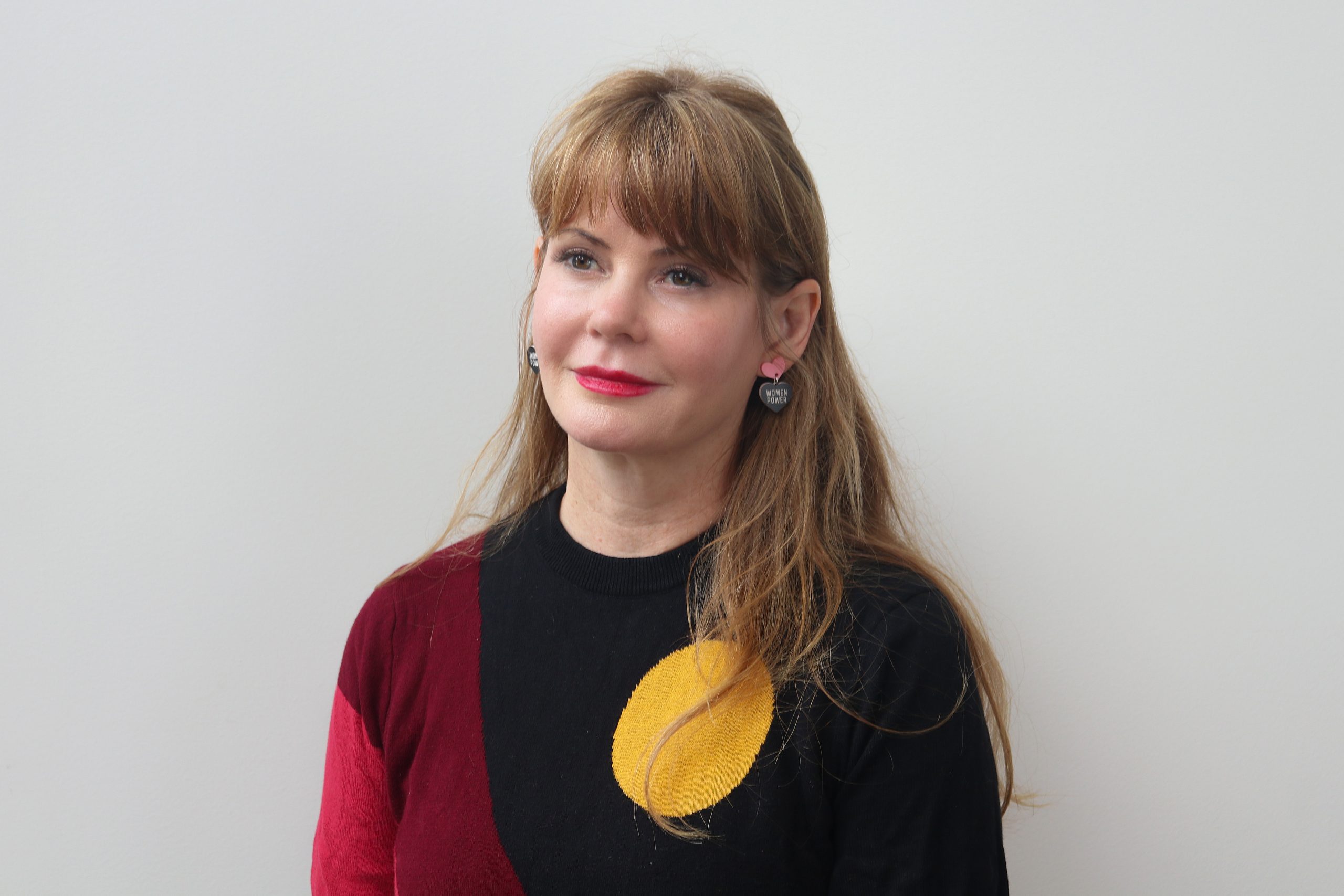BRANZ is New Zealand’s independent, impartial research, testing and consulting organisation for the building and construction industry.
However, there is a current perception that they aren’t as impartial as they should be – and have a bias towards timber. But is that really true?
Our CEO Dr Troy Coyle decided to take a closer look, assessing their primary communication tool – Build magazine. The results will surprise you.
Does BRANZ adequately communicate metals innovation?
BRANZ is funded via the Building Research Levy which is focused on research and information transfer activities for the benefit and education of the building and construction industry. It funds activities such as Build magazine, and as such, it should be material neutral and not focused on promoting any single building material.
Is perception reality?
Evidence of a bias, can be examined by at least four mechanisms:
- looking at the independence of the Board and its Committees;
- looking at the skills capabilities within BRANZ itself;
- looking at the types of projects that are supported by BRANZ;
- looking at the communications that BRANZ makes.
I investigated the latter, with surprising results.
Examining six issues of Build, from Issue 160 (1 June 2017) to Issue 165 (1 April 2018). I looked at the content of each issue by counting articles in the following categories:
- material neutral;
- metals focused;
- concrete focused;
- timber focused;
- other; and
- advertising.
I also counted the portion of a page allocated to these categories as well, to give a measure of prominence.
The perception of a timber bias is only somewhat justified
The results, showed there is certainly more prominence given to timber vs metals and concrete. However, it is only slight in terms of number of articles (2% vs 1% vs 3% respectively).
It also showed that the size and pages allocated to timber articles were greater than for metals and concrete combined. (2% vs 1% vs 4%).

What is driving the perception of a material bias?
What might be providing this view is the way that each material is dealt with in some of the articles assigned as material neutral. For example, “Magical Mystery Material” on page 73 of Build 165, is an article that looks at the latest material innovations. Wood and timber- related innovations get a look in, but nothing on metals.
Another contributing factor may be the use of negative associations with metals. For example, Build 162 deals with material degradation and in fact has more timber content (by page) than metals content. However, the title for the issue is “Rust never sleeps”, which singles out metals in a negative context and somewhat alarmist way. This title is also unusual in the context of the more commonly reassuring titles for each issue, such as Better Building or Fire Safety. For example, Build 164 was titled “Seismic learning” and didn’t focus on negatively singling out particular materials.
Advertising has room for improvement
More than one third of Build magazine content is advertising. This raises questions over the potential for the magazine to be “bought out” by a particular material. It also raises questions around how the promotional content is representing the values of the industry and BRANZ. For example, the “blokey-ness” content of some of the promotional material, isn’t particularly aspirational in terms of the diversity culture we would want to see in our industry!
Finally, it raises the question on appropriate balance between information content and advertising content as the percentage of advertising is very high, considering BRANZ’ funding model. This is perhaps a missed opportunity for greater levels of innovation and R&D content that can be used to better inform and guide the building industry.
It is great to see that BRANZ overall has a focus on material-neutral content in its Build magazine. We welcome authors ensuring that they are familiar with the latest innovations across all materials and we would like to see greater consistency in how materials are represented. Overall, we want balanced reportage of what is happening across all building materials.
HERA will continue to provide a check for material neutrality in BRANZ’s innovation and R&D focus. We hope to see an improved representation of metals innovation and performance in Build articles moving forward. We also hope to have greater visibility and engagement with BRANZ’ innovation road-mapping.
We will continue to investigate other perceived material biases. Please let us know if you have any thoughts on this.

